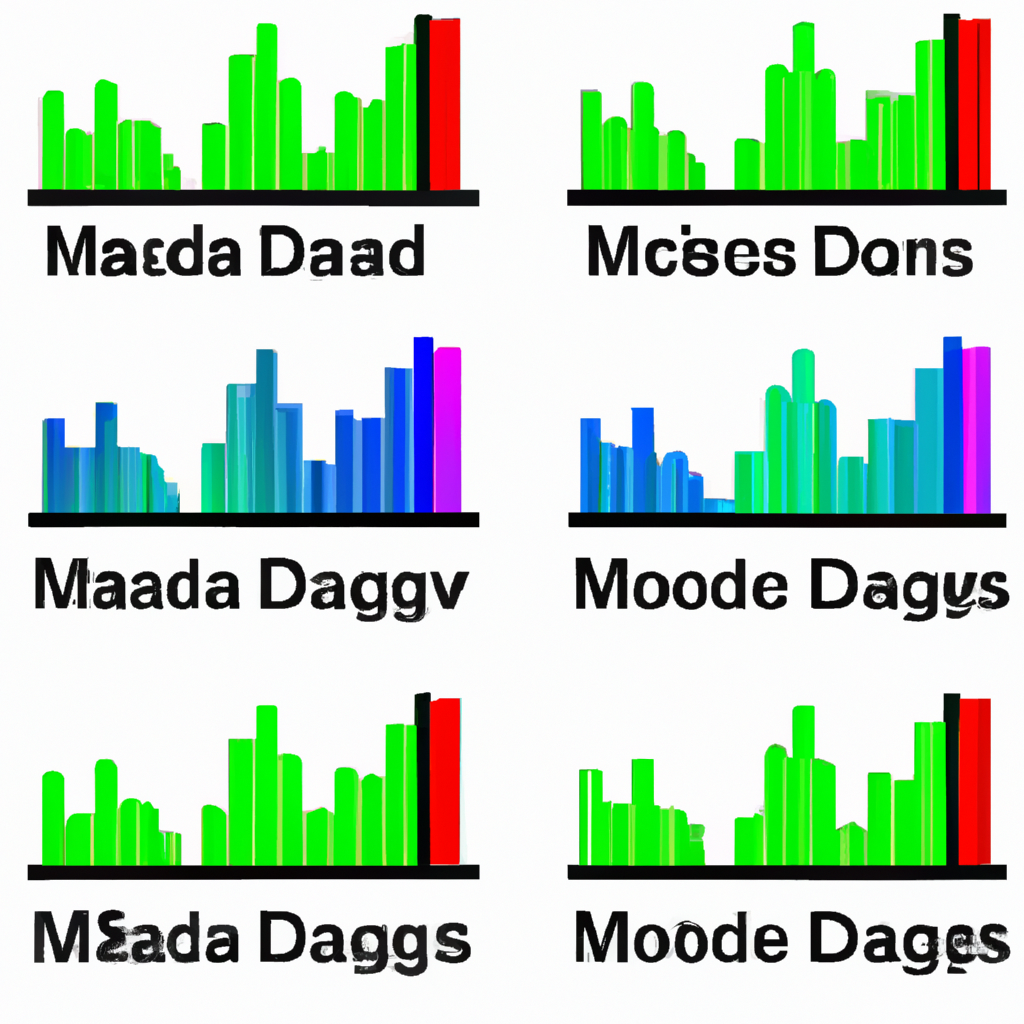
MACD Indicator Signals
What is the MACD Indicator?
The Moving Average Convergence Divergence (MACD) is a popular technical analysis tool used by traders to identify potential buy or sell signals in the market. It is a trend-following momentum indicator that shows the relationship between two moving averages of a security’s price.
How to Interpret MACD Signals
Bullish Signals
When the MACD line crosses above the signal line, it is considered a bullish signal. This indicates that the momentum of the security is shifting upwards and it may be a good time to buy.
Bearish Signals
Conversely, when the MACD line crosses below the signal line, it is considered a bearish signal. This indicates that the momentum of the security is shifting downwards and it may be a good time to sell.
Divergence Signals
Another important signal to watch for is divergence between the MACD line and the price of the security. If the price is making new highs while the MACD is making lower highs, it could indicate a potential reversal in the trend.
Using MACD with Other Indicators
While the MACD indicator can be powerful on its own, many traders choose to use it in conjunction with other technical indicators to confirm signals. Some common indicators to use alongside MACD include the Relative Strength Index (RSI) and the Moving Average.
Conclusion
The MACD indicator is a valuable tool for traders looking to identify potential buy or sell signals in the market. By understanding how to interpret MACD signals and using it in conjunction with other indicators, traders can make more informed decisions when trading securities.





